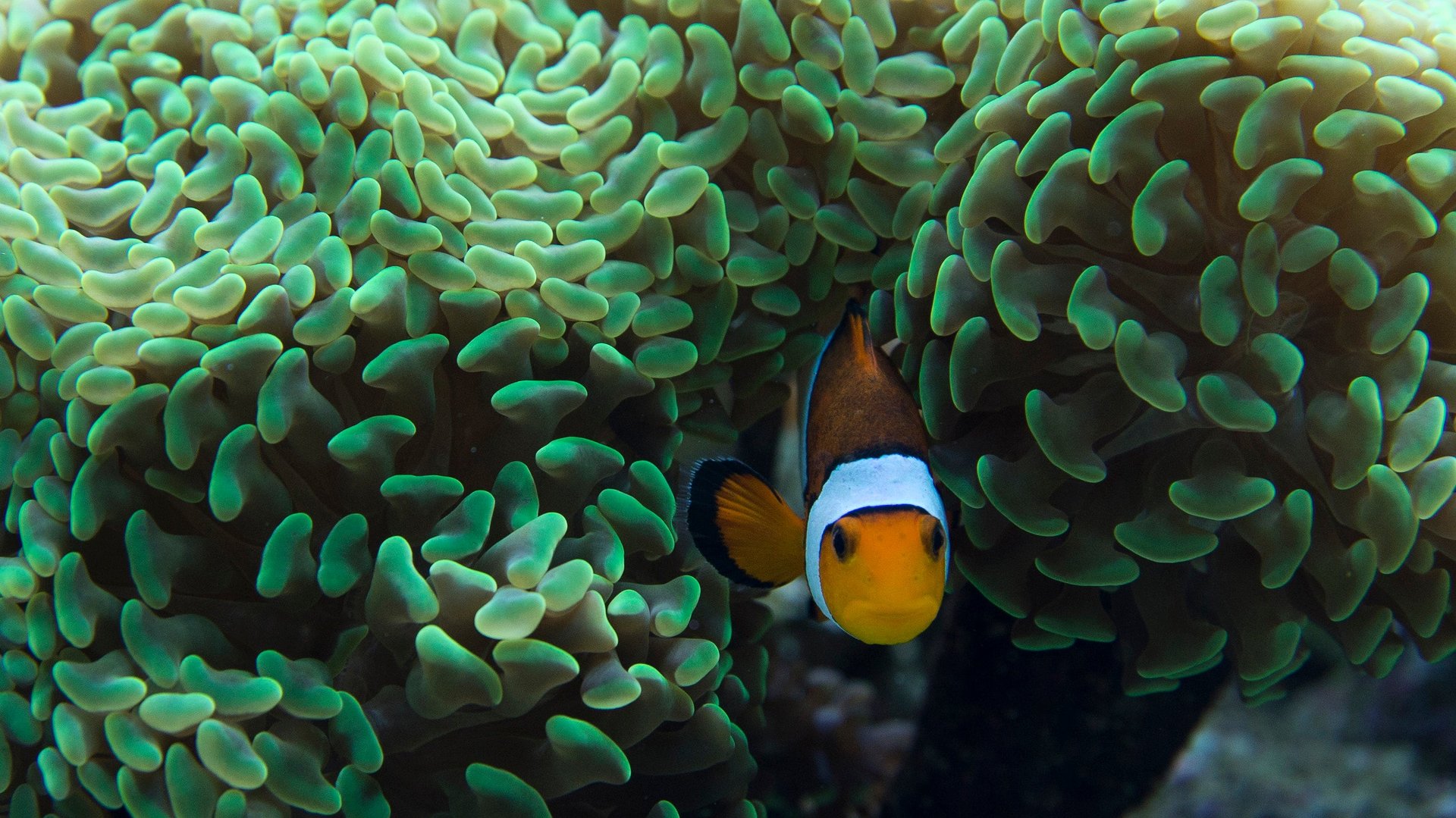Australia’s $400-million plan to save the Great Barrier Reef is too little, too late
For the past few years, the news about corals has been depressing—and it will likely continue to be. These fragile ecosystems are being killed en masse, as human-induced climate change causes increased ocean temperatures and acidity. As one scientist put it: “It’s the confirmation of our worst fears.”


For the past few years, the news about corals has been depressing—and it will likely continue to be. These fragile ecosystems are being killed en masse, as human-induced climate change causes increased ocean temperatures and acidity. As one scientist put it: “It’s the confirmation of our worst fears.”
Though coral reefs cover less than 0.1% of the oceans, they are home to 25% of all marine life. Even if you don’t care about the reefs’ beauty, you should care about their economic value. A 2014 estimate found that corals add about $9.9 trillion to the global economy.
Australia knows this better than most countries. The Great Barrier Reef is the Kohinoor of corals, supporting 64,000 jobs and adding A$6.5 billion ($5 billion) to the country’s economy through tourism, fishing, and related activities.
But it’s disappearing fast. In a budget announcement on April 28, the Australian government said it set aside A$500 million to help protect corals. The money will be spent on reducing water pollution from agriculture, fighting coral-killing crown-of-thorns starfish, community engagement, reef monitoring, and research on climate adaptation.
It’s too little, too late. As leading coral-scientist Terry Hughes of James Cook University put it:
Though the Australian investment is welcome, it will at best only delay coral deaths. The only way to save corals over the long term, be it in Australia or elsewhere, is to slow down climate change. That process will require all countries to work together to find the most economically efficient way of cutting emissions of greenhouse gases.
The most recent emissions figures, however, show that the world is failing at that task. After plateauing for three years, 2017 saw an uptick in global emissions. This week in Bonn, Germany, countries are meeting to discuss how to work on their commitments in the Paris climate agreement. Let’s hope they hear about the silent death of the world’s corals.